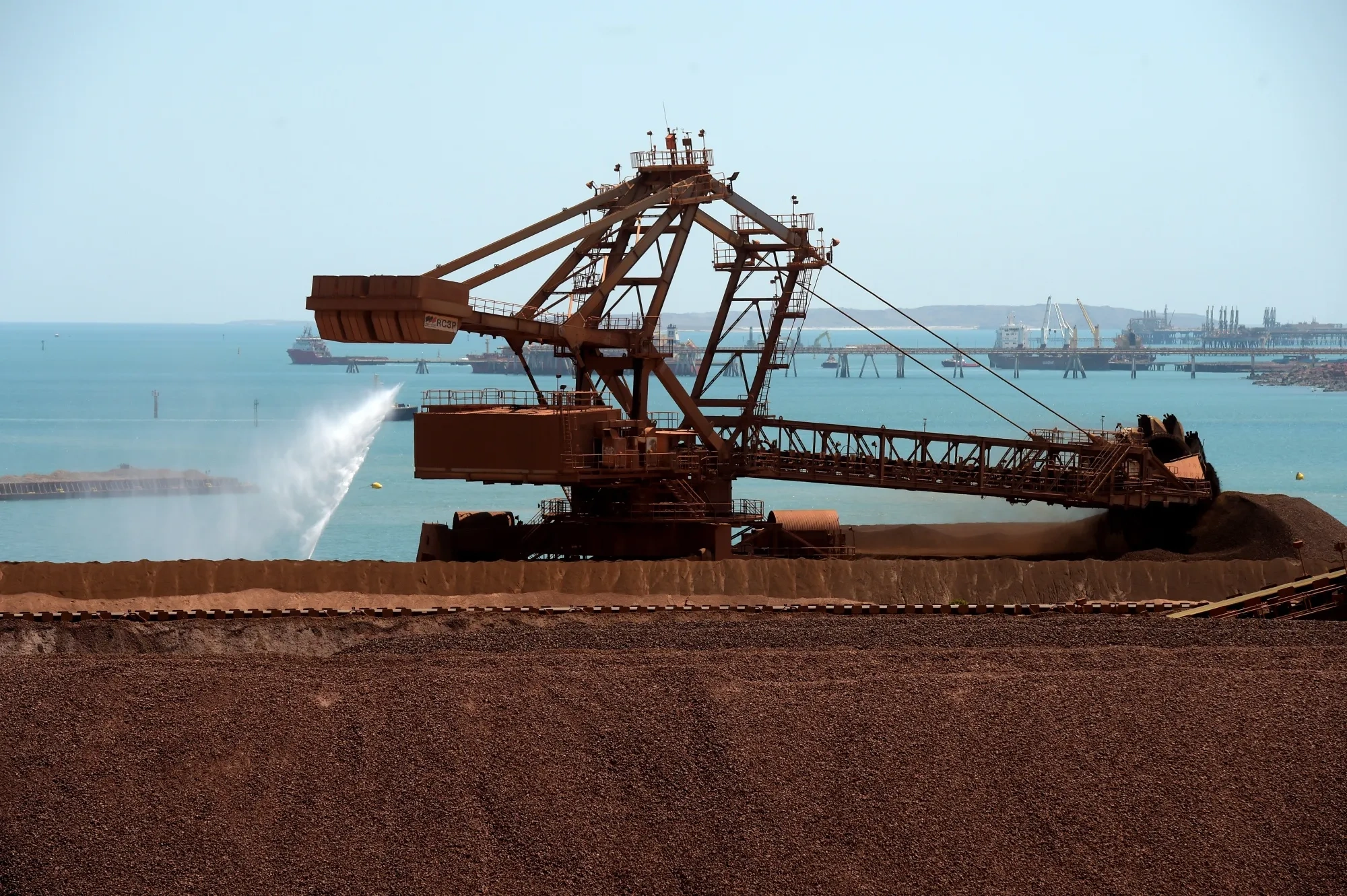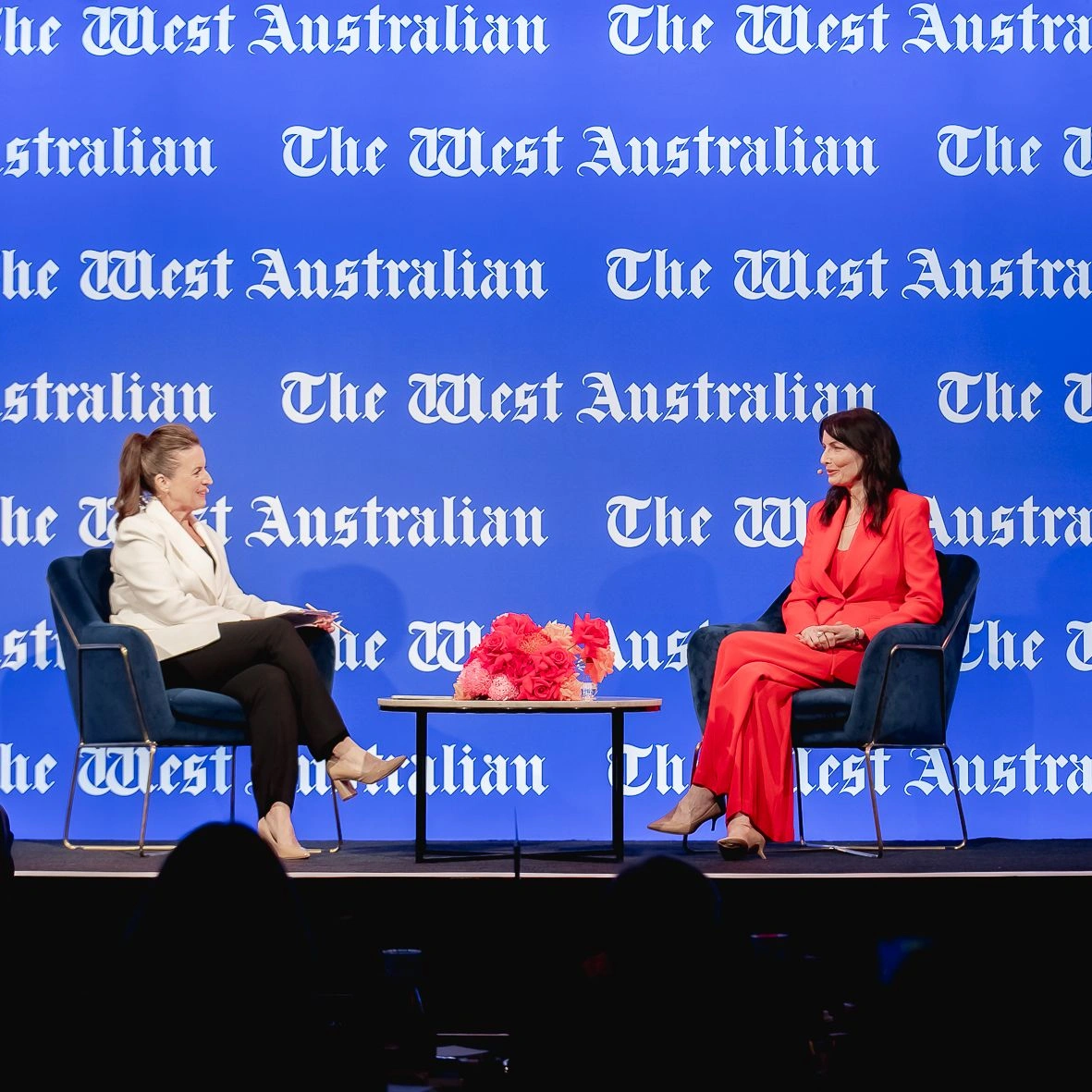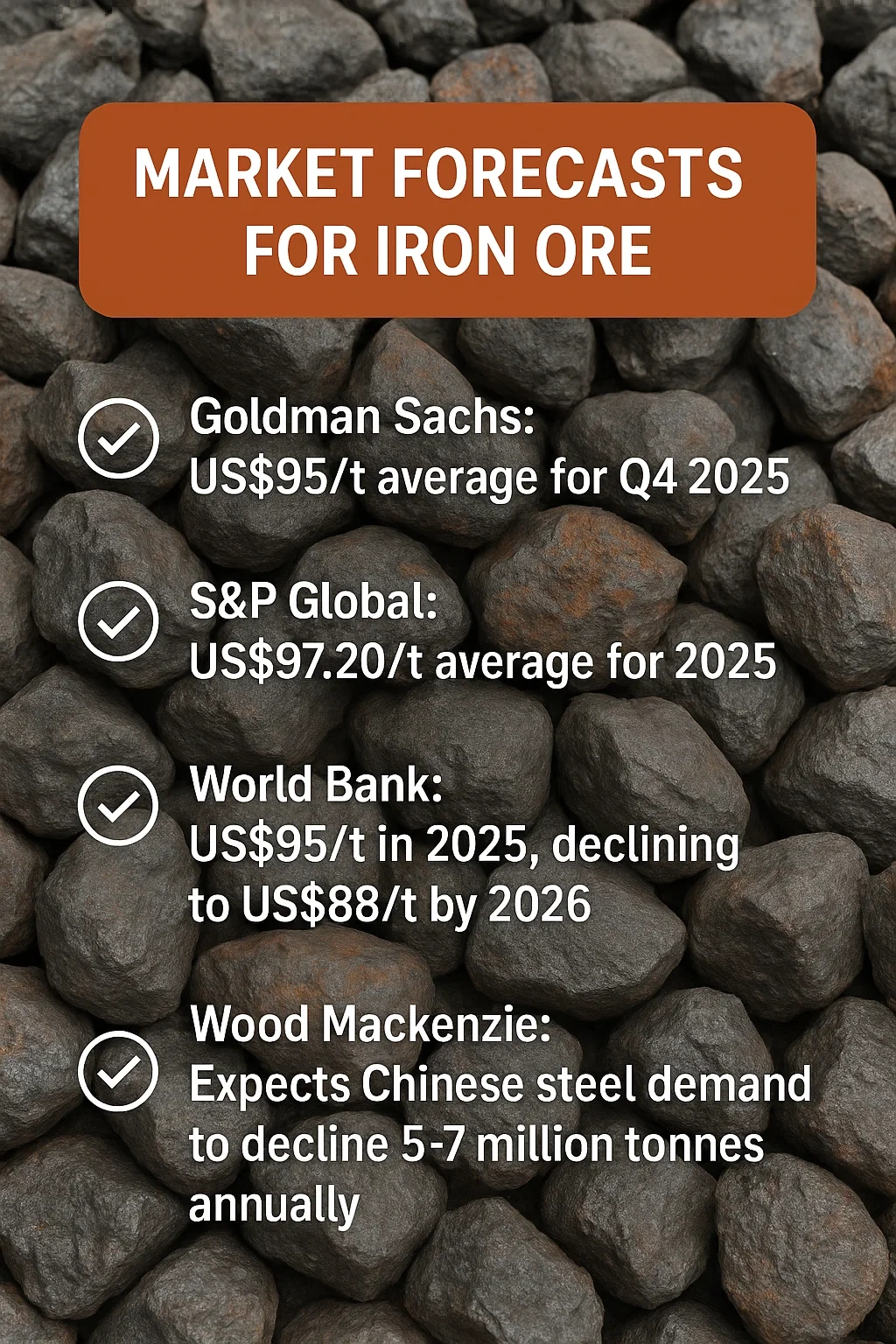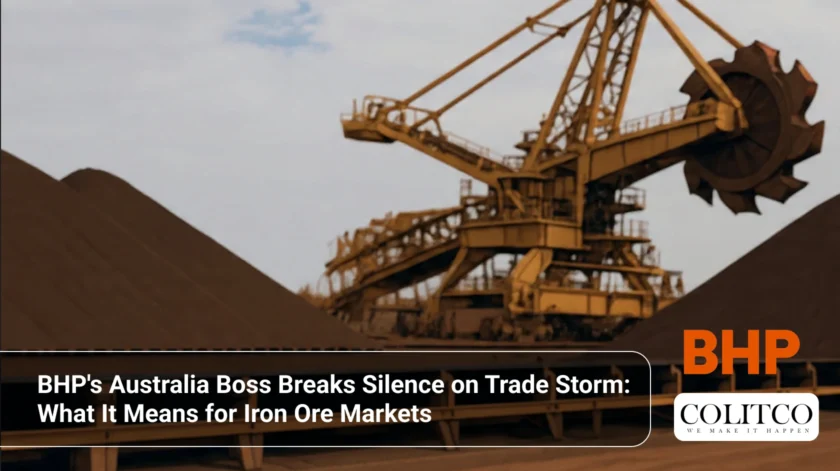Australia’s mining sector got a rare glimpse behind the curtain this week as BHP’s President for Australia, Geraldine Slattery, addressed mounting speculation about the company’s relationship with China.
Speaking at The West Australian’s Leadership Matters breakfast, Slattery pushed back against fears of a breakdown in trade relations. Her message was clear: business continues despite the noise.
The Rumoured Ban That Sparked Market Jitters
Reports emerged two weeks ago that China Mineral Resources Group (CMRG) had instructed domestic steel mills to pause purchases of BHP’s iron ore cargoes.
 China Mineral Resources Group (CMRG) had banned new BHP iron ore cargoes
China Mineral Resources Group (CMRG) had banned new BHP iron ore cargoes
The dispute centres on pricing mechanisms. Beijing reportedly wants BHP to offer discounts on spot cargoes and settle more transactions in Chinese Yuan rather than US Dollars.
Australian Prime Minister Anthony Albanese called the situation “disappointing” but stopped short of direct intervention.
BHP Group, Australia’s largest miner, has remained tight-lipped about commercial negotiations. The company declined to confirm or deny whether the ban exists.
Slattery’s Price Crystal Ball: Why US$80 Matters
Amid the trade speculation, Slattery unveiled her forecast for iron ore pricing over the coming years.
She identified a support range between US$80 and US$100 per tonne, based on production cost structures across the global supply stack.
“About 10 per cent of the overall supply stack sits between that US$80 to US$100 a ton cost of production,” Slattery explained to the packed Crown Ballroom audience.
“We would expect to see that supply come out of the market if you see the price drop meaningfully into that range.”
Her analysis suggests iron ore is highly unlikely to fall below US$80/t for an extended period. When prices approach this level, high-cost producers become uneconomical and exit the market, reducing supply and supporting prices.
Historical data backs this view. Over the past two years, iron ore has rarely dipped below the US$90s, according to Slattery.
As of mid-October 2025, iron ore trades around US$105 per tonne, down slightly from recent highs but well above the critical US$80 threshold.
 BHP Australia President Geraldine Slattery at the West Australian’s Leadership Matters breakfast
BHP Australia President Geraldine Slattery at the West Australian’s Leadership Matters breakfast
“Strong Relationships” Despite Commercial Friction
Slattery emphasised the longevity of BHP’s partnership with Chinese customers when pressed on the rumoured restrictions.
“Our relationship with China in the iron ore sector is one that goes back decades and decades,” she said. “We’ve got decades of strong business in front of us.”
She described annual commercial negotiations as a “normal” part of doing business, dismissing media speculation as conflicting and often overblown.
“Commercial negotiations happen every year,” Slattery noted. “The takeaway is we’ve got strong relationships with customers in China.”
Her comments align with those of Australian Resources Minister Madeleine King, who described the situation as parties “working through a commercial arrangement” rather than a trade crisis.
Market Context: Why This Dispute Matters
China imports approximately 1.2 billion tonnes of iron ore annually, with roughly 60% sourced from Australia.
BHP accounts for 40% of China’s total iron ore imports, making any disruption to this flow economically significant for both nations.
Australia’s iron ore exports generate approximately AU$120 billion annually, making it the country’s top export commodity.
The timing of China’s move is strategic. CMRG was established in 2022 specifically to consolidate Beijing’s buying power and challenge pricing mechanisms dominated by Australian producers.
Industry analysts view the dispute as part of a broader push by China to gain greater control over commodity pricing, rather than a fundamental breakdown in trade relations.
What Analysts Are Predicting for 2025
Market forecasts for iron ore remain cautious heading into 2025.

The bearish outlook stems from:
- Weak Chinese property sector demand
- New supply from Guinea’s Simandou project (120 million tonnes annually from 2025)
- Shift toward lower-emission steel production using electric arc furnaces
However, Slattery’s cost-support thesis provides a price floor that many analysts hadn’t fully articulated.
The Bigger Picture: BHP’s Strategic Shift
Slattery is widely tipped as the frontrunner to replace BHP CEO Mike Henry when he steps down, presumably within the next two years.
Under her potential leadership, BHP would continue its pivot toward copper and away from iron ore dependence. The company is targeting 24% copper production growth over three years.
Yet iron ore remains central to BHP’s near-term profitability. The company produced a record 263 million tonnes in FY25, with operations including South Flank exceeding nameplate capacity.
Final Thoughts
Slattery’s intervention provides rare public insight into the commercial dynamics shaping one of Australia’s most critical export relationships. While negotiations continue behind closed doors, her confidence in the US$80/t floor offers investors and policymakers a framework for understanding where this market is headed.
FAQs
Q: Has China banned BHP iron ore?
A: No official ban has been confirmed. Reports suggest CMRG requested a temporary pause on new purchases amid pricing negotiations. Existing shipments continue to be delivered.
Q: Why does China want to pay in Yuan instead of US Dollars?
A: Beijing aims to reduce dependence on the US Dollar in commodity transactions and gain more control over pricing mechanisms for strategic resources.
Q: What is the current iron ore price?
A: As of October 2025, iron ore trades around US$105 per tonne, down from a 2024 high of US$144/t but well above analyst predictions of US$80/t.
Q: Will iron ore prices crash in 2025?
A: Unlikely, according to Slattery. Cost support at US$80-100/t should limit downside, as high-cost producers would exit the market at lower prices.












